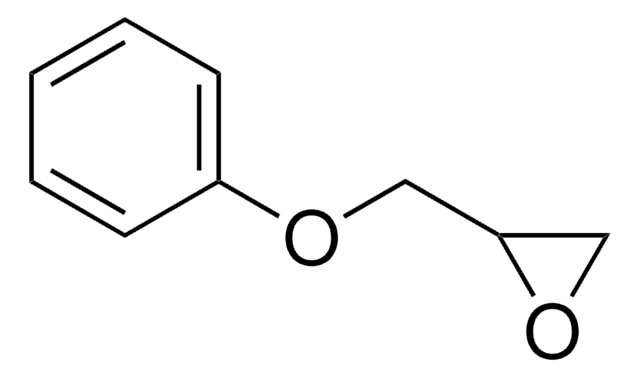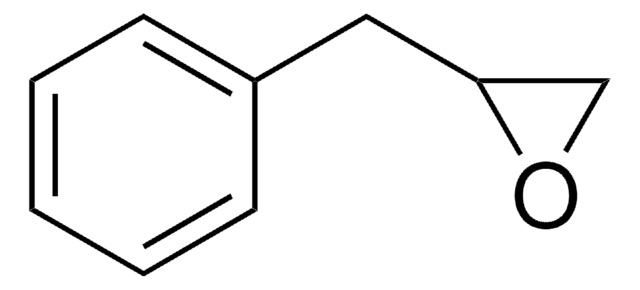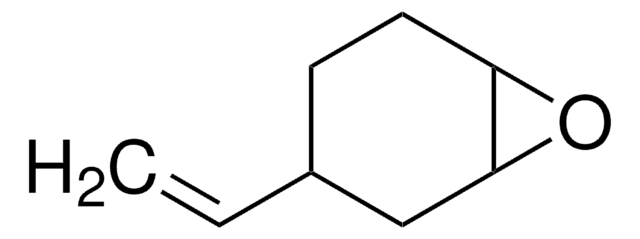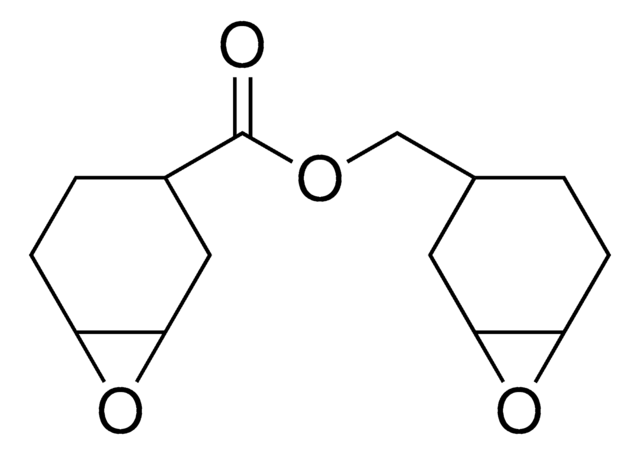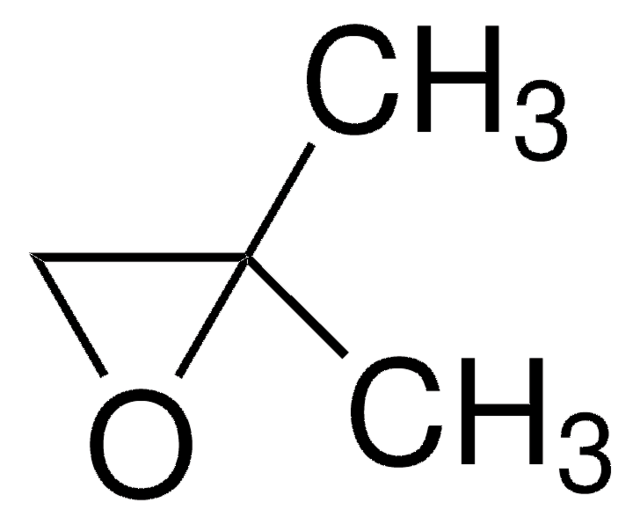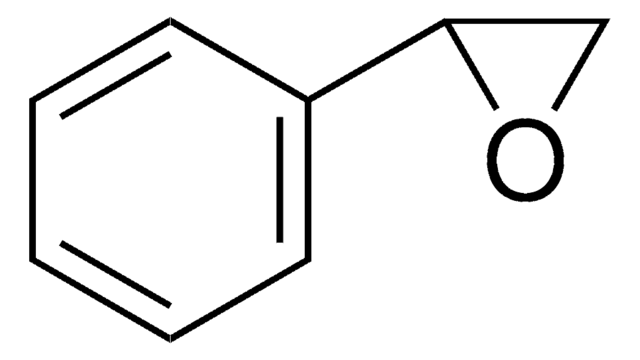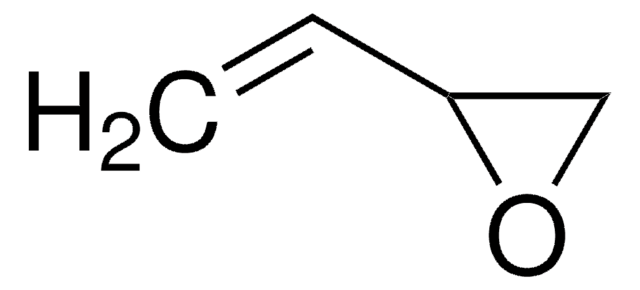578576
1,2-Epoxy-3-phenoxypropane
technical grade
Synonym(s):
2,3-Epoxypropyl phenyl ether, Glycidyl phenyl ether, Phenyl glycidyl ether
About This Item
Recommended Products
grade
technical grade
vapor density
5.2 (vs air)
vapor pressure
0.03 mmHg ( 20 °C)
refractive index
n20/D 1.53 (lit.)
n20/D 1.530 (lit.)
bp
245 °C (lit.)
mp
3.5 °C (lit.)
density
1.109 g/mL at 25 °C (lit.)
SMILES string
C1OC1COc2ccccc2
InChI
1S/C9H10O2/c1-2-4-8(5-3-1)10-6-9-7-11-9/h1-5,9H,6-7H2
InChI key
FQYUMYWMJTYZTK-UHFFFAOYSA-N
Looking for similar products? Visit Product Comparison Guide
Related Categories
Signal Word
Danger
Hazard Statements
Precautionary Statements
Hazard Classifications
Acute Tox. 4 Inhalation - Aquatic Chronic 3 - Carc. 1B - Muta. 2 - Skin Irrit. 2 - Skin Sens. 1 - STOT SE 3
Target Organs
Respiratory system
Storage Class Code
6.1C - Combustible acute toxic Cat.3 / toxic compounds or compounds which causing chronic effects
WGK
WGK 3
Flash Point(F)
237.2 °F - closed cup
Flash Point(C)
114 °C - closed cup
Personal Protective Equipment
Regulatory Listings
Regulatory Listings are mainly provided for chemical products. Only limited information can be provided here for non-chemical products. No entry means none of the components are listed. It is the user’s obligation to ensure the safe and legal use of the product.
FSL
Group 4: Flammable liquids
Type 3 petroleums
Hazardous rank III
Water insoluble liquid
ISHL Indicated Name
Substances Subject to be Indicated Names
ISHL Notified Names
Substances Subject to be Notified Names
JAN Code
578576-BULK:
578576-VAR:
578576-500G:
578576-100G:4548173367446
Choose from one of the most recent versions:
Certificates of Analysis (COA)
Don't see the Right Version?
If you require a particular version, you can look up a specific certificate by the Lot or Batch number.
Already Own This Product?
Find documentation for the products that you have recently purchased in the Document Library.
Customers Also Viewed
Our team of scientists has experience in all areas of research including Life Science, Material Science, Chemical Synthesis, Chromatography, Analytical and many others.
Contact Technical Service